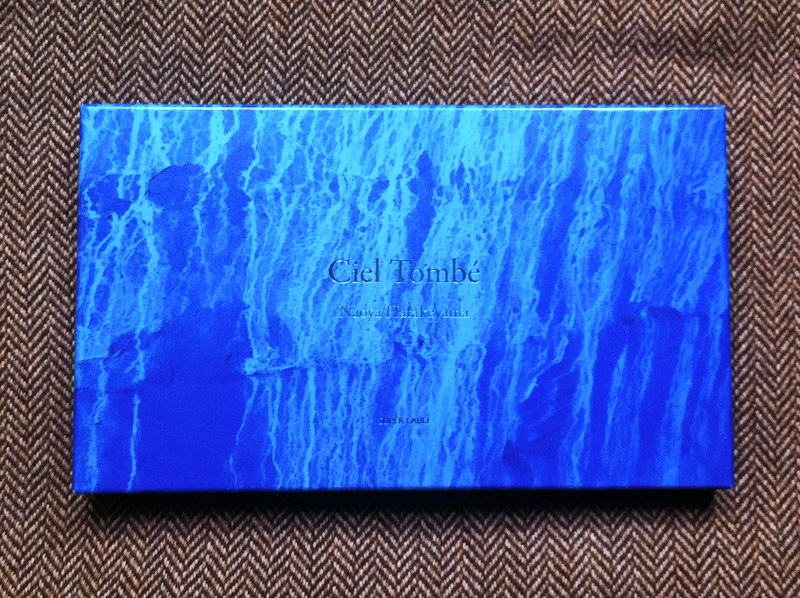We live in the age of photo proliferation. Digital technology in all its forms (cameras, phones, computers, the Internet) has made photography the most democratic of media, both in terms of making and disseminating images. And they are everywhere, all the time: on our TVs, our computer screens, our smartphones and in our streets. Of course, this state of affairs is not as new as we might think—it has been in place since Walter Benjamin and his age of mechanical reproduction—but digital technology has led this proliferation to take off exponentially.
The impact of this is clear, even in traditional, 'purist' photography circles. In 2007 the Musée de l'Elysée in Lausanne created a crowd-sourced exhibition entitled We Are All Photographers Now, allowing anyone to upload their photographs to be included in the show. More recently Europe's biggest photo-festival, the Rencontres d'Arles, centred on an exhibition entitled From Here On, a kind of manifesto for the age of the online image ("Now we're a species of editors. We all recycle, clip and cut, remix and upload. We can make images do anything.") where much of the work was made by artists appropriating or collecting other people's images. Even Elliot Erwitt has been saying that more pictures are better than one. So what a relief to open a photobook (am I allowed to call it that?) and discover that it does not contain a single picture: the cover's 'empty' frame is the closest thing to an actual photograph.
Photographs Not Taken is a collection of essays about photographs that, for one reason or another, did not end up being taken. The writer and photographer Will Steacy, who edited the volume, asked an eclectic group of photographers (Emmet Gowin, Tim Hetherington, Laurel Nakadate and Jamel Shabazz all feature to give you an idea of the mix) to "abandon the conventional tools needed to make a photograph–camera, lens, film—and instead make a photograph using words." The book is both a collection of opportunities missed, of attempts to conjure up in words those images that got away, but also a look into the psychology of the photographer and their ethics, reflexes, and methods.
Naturally many of these non-photographs were not taken because of an ethical or moral decision by the photographer, a decision that photojournalists must face on a day-to-day basis. Interestingly, many of the writers contrasted the act of taking a photograph with the state of being present as a human being. In these cases the camera is described as a defense to hide behind, with which to shield the photographer from the impact of the moment happening in front of or to them. The book also has its more surreal moments: Matt Salacuse describes the scientologist jedi mind trickery of Tom Cruise forcing him to lower his camera and to pass up the opportunity of photographing Cruise and Kidman's newborn adopted baby.
It must be said that the essays are uneven... after all this is a collection of texts by photographers and not by writers. I found that some of the texts failed to bring the images to life, or perhaps that too many of these images ended up 'sounding' the same. For me Roger Ballen's essay stood out: he avoids any explanation of why he didn't photograph the scene he describes (did he even have a camera with him on that day?), but there is no question whose world this lost moment belonged to. Rather than in attempting to resurrect lost images through words, an exercise that surely would be better accomplished by a group of writers, I found Photographs Not Taken to be most successful when it makes the reader think about the decisions that go into making, or not making a photograph. And if it encourages us to put down our cameras from time to time, that can only be a good thing.
Note: The International Center of Photography in New York will be hosting a book signing with several of the contributors on Friday, March 23rd from 6:00-7:30 p.m.
Will Steacy (ed.), Photographs Not Taken, (Daylight, 2012).
Rating: Worth a look

